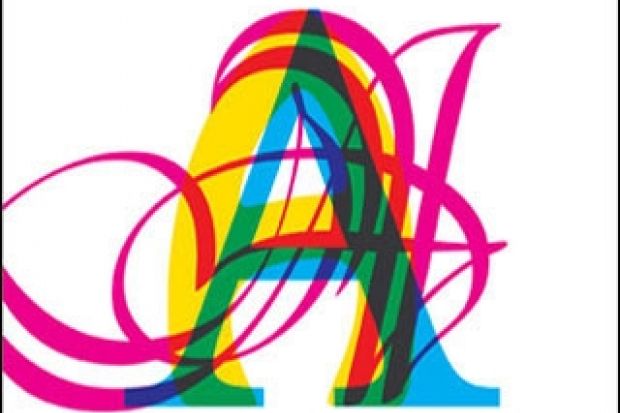Behind every word in our language, from nouns such as chair and teapot, to connectors such as “and” or “but”, by way of adjectives and verbs, “there lurks a blurry richness”. Ordinary words don’t just have two or three “but an unlimited number of meanings”. Why, then, do we use dictionaries, one might ask? But the fault, say Douglas Hofstadter and Emmanuel Sander, lies with the philosophers, or rather all of them up to one Ludwig Wittgenstein. Only in the 1950s were we freed from the long intellectual legacy of Plato and his notion of heavenly Forms for things like, well, chairs and teapots.
This is a book full of examples illustrating the complexity and fecundity of language, and Hofstadter and Sander are lucky in that they have space here to run through many bad examples and still offer (for the diligent reader) enough to make this a profound and thought-provoking examination, while the subsequent analysis is generally clear and precise. That said, after 500-odd pages one despairs for a little more selection, a little less repetition. The list of “Lists” in the index takes up one and a half pages! The effect is reminiscent not so much of long, learned lectures but of earnest seminars with a whiteboard on which everyone’s suggestion has been carefully written. But now, to use an analogy of the sort the authors are fond of: Where is the meat in the stew?
The authors say they are offering “an unconventional viewpoint concerning what thought itself is”. And the first third of this book is to show how “concepts designated by a single word are constantly having their boundaries extended by analogies”. The “everyday concepts band, chair, teapot, mess and letter ‘A’ are very different from specialized notions such as prime number or DNA. The latter also have unimaginably many members, but what is shared by all their members is expressible precisely and unambiguously.”
But whoa! Expressed how? In words? What is the relation between the concept and the “thing out there” – is it one to one? As a word is used more widely, does the concept too cover more ground? If words “designate” concepts, what use is the, er, “concept” of concepts?
The effect is not so much of long, learned lectures but of earnest seminars with a whiteboard on which everyone’s suggestion has been carefully written
The most interesting analogies here are the scientific ones. The authors argue that “the history of mathematics and physics consists of a series of snowballing analogies”. (Snowballing!) For Henri Poincaré, a great thought experimenter as well as a mathematician, analogy was the route towards mathematical discovery. However, it is Einstein who is saluted as the greatest metaphorical thinker, with his thought experiments that helped to lead him towards his rebel view of light as particles, rather than waves. Even if, as Benjamin Lee Whorf pointed out, words can mislead us. Indeed, how can light “weigh” something? Light is quintessentially weightless – very light. But Whorf appears here only in one brief aside on the Sapir-Whorf hypothesis. And again, wasn’t one of Einstein’s key analogies (that he himself credits as leading to his later insights) the analogy of himself as a boy running down a pier with light as a series of waves rolling in from the sea?
Instead, here is a simpler story of an Einstein “driven by an unstoppable desire to seek out profound conceptual similarities, beautiful, hidden analogies”. The equation E=mc² is analogous to the rather more mundane relationship in mechanics that relates kinetic energy to mass and velocity squared.
The authors condemn attempts to put inverted commas around words in order to finesse their meanings – but offer themselves a “typographical convention”, whereby when speaking about a word it goes in quotation marks but when speaking about a concept it goes in italics. It is, they say, “an important distinction, because whereas a word is a sequence of sounds, a set of printed letters, or a chunk of silent inner language, a concept is an abstract pattern in the brain that stands for some regular, recurrent aspect of the world and to which any number of words…can be attached”.
This is mentioned in passing, but if it were really so straightforward, the problems of philosophy would seem to be swept away, and rather in the manner Plato imagines. Concepts, even mental “prototypes”, seem to have the same role in Hofstadter and Sander’s book as “the Forms” did in Plato’s.
This is an original and insightful account but one that answers fewer questions than its authors imagine.
